Commercial trucks are the backbone of global commerce. From hauling raw materials to delivering finished goods, these machines have shaped the way the world does business. Over the past century, trucks have undergone a remarkable transformation—driven by changes in technology, infrastructure, and the growing demands of modern logistics. Let’s take a look at how far they’ve come.
1. The Early Days: 1890s – 1920s
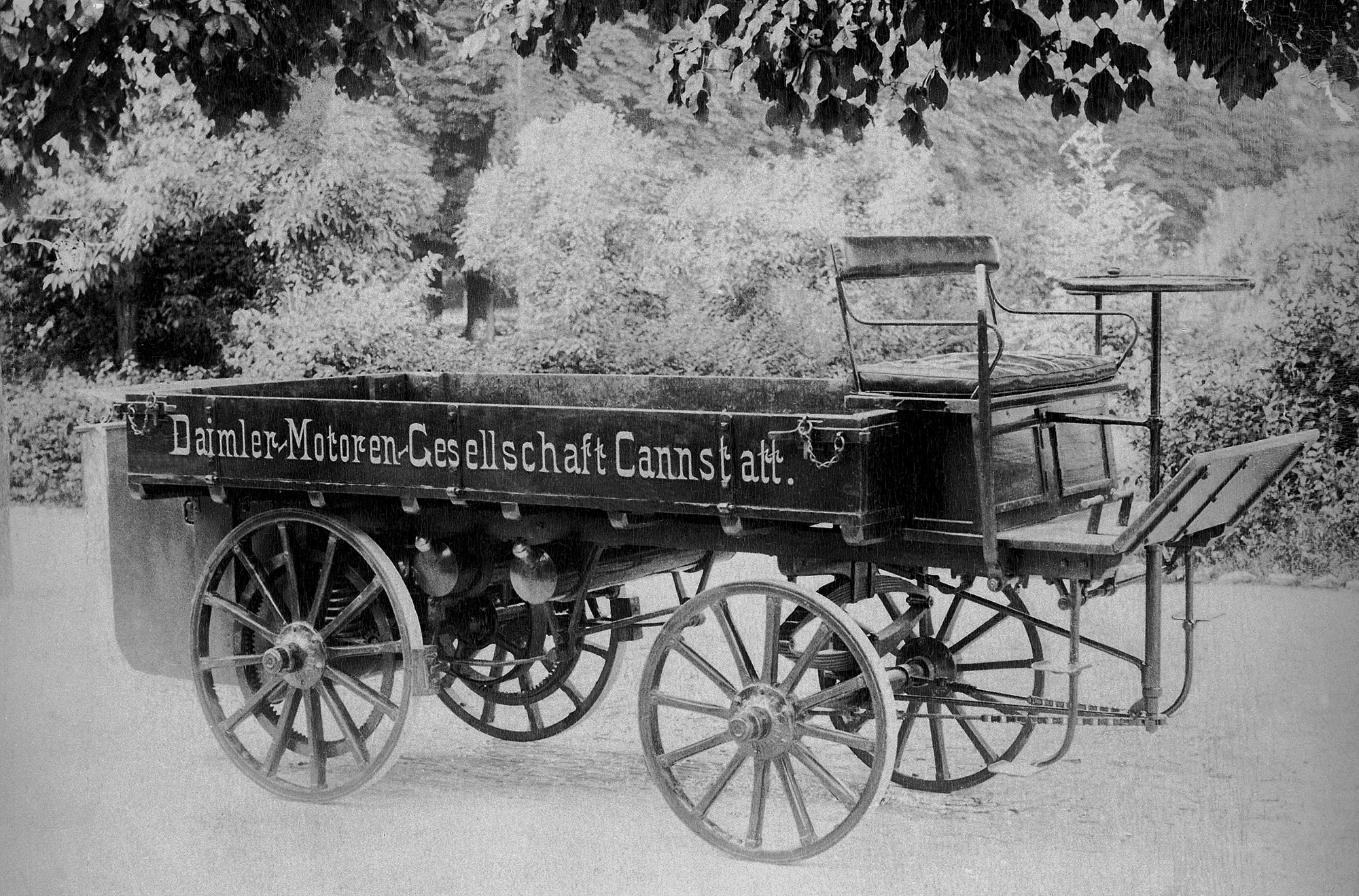 The story begins in the late 19th century with the development of the internal combustion engine. In 1896, Gottlieb Daimler introduced what is considered the first motorized truck. These early vehicles were little more than modified wagons with small engines, wooden wheels, and solid rubber tires. With top speeds under 20 mph, they were mostly used for short-distance deliveries in urban areas. At the time, railroads still dominated long-haul freight, but trucks began to show their value for first- and last-mile deliveries.
The story begins in the late 19th century with the development of the internal combustion engine. In 1896, Gottlieb Daimler introduced what is considered the first motorized truck. These early vehicles were little more than modified wagons with small engines, wooden wheels, and solid rubber tires. With top speeds under 20 mph, they were mostly used for short-distance deliveries in urban areas. At the time, railroads still dominated long-haul freight, but trucks began to show their value for first- and last-mile deliveries.
2. Growth and Standardization: 1930s – 1950s
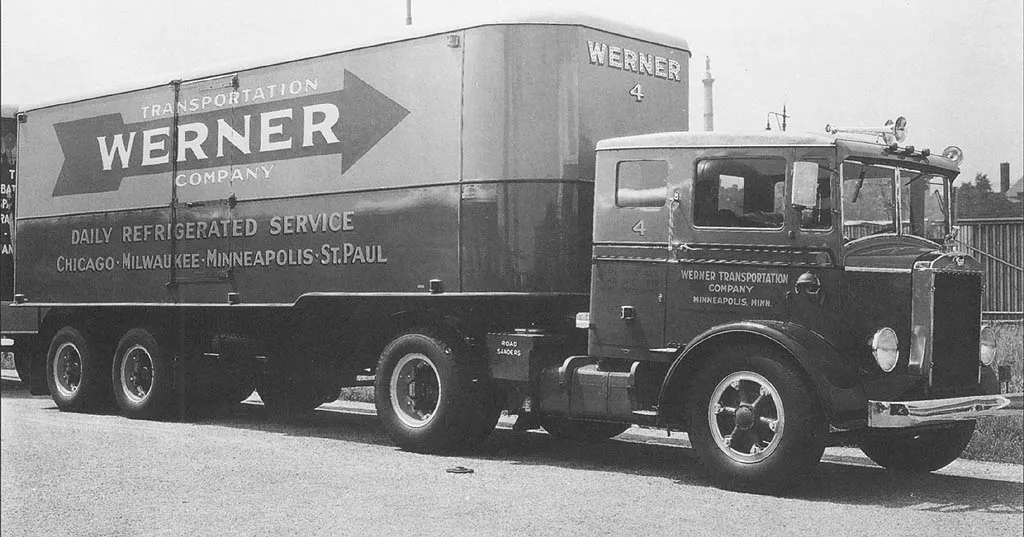 As roads improved and gasoline engines became more reliable, the trucking industry began to expand. The introduction of diesel engines during this period made a significant impact, offering better fuel efficiency and torque for hauling heavier loads. Pneumatic tires replaced solid rubber, dramatically improving ride quality and load capacity. A major milestone came in 1956 with the U.S. Federal-Aid Highway Act, which laid the foundation for the Interstate Highway System. This massive infrastructure project opened the door for coast-to-coast trucking and helped the industry standardize vehicle sizes and trailer types. By the mid-20th century, trucks were competing directly with trains for dominance in freight transport.
As roads improved and gasoline engines became more reliable, the trucking industry began to expand. The introduction of diesel engines during this period made a significant impact, offering better fuel efficiency and torque for hauling heavier loads. Pneumatic tires replaced solid rubber, dramatically improving ride quality and load capacity. A major milestone came in 1956 with the U.S. Federal-Aid Highway Act, which laid the foundation for the Interstate Highway System. This massive infrastructure project opened the door for coast-to-coast trucking and helped the industry standardize vehicle sizes and trailer types. By the mid-20th century, trucks were competing directly with trains for dominance in freight transport.
3. The Power Era: 1960s – 1980s
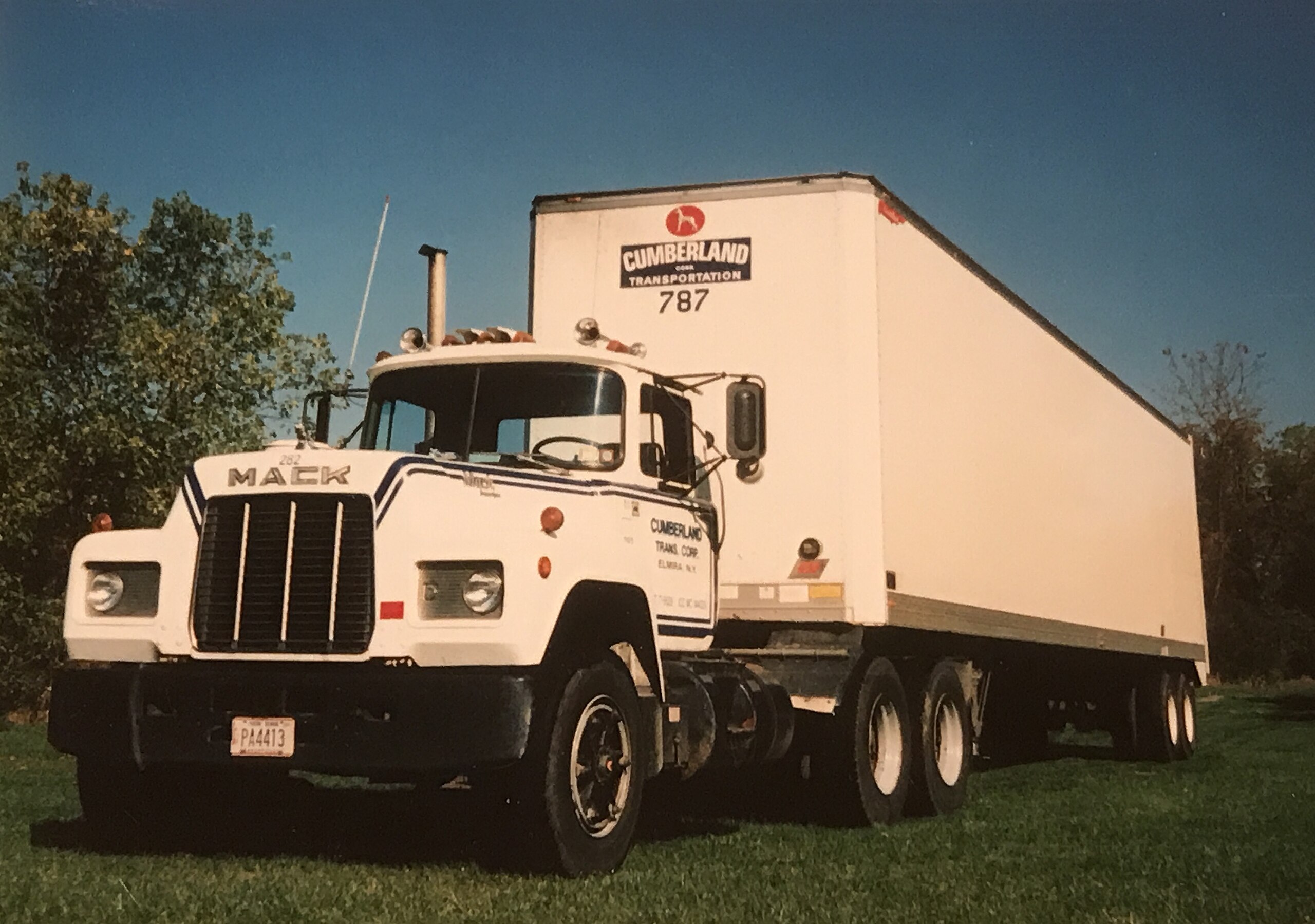 After the war, the economy was booming, and there was a big increase in the need to move goods. Truck designs changed quickly to keep up. The cab-over-engine (COE) style became popular because it made trucks easier to drive in busy cities. Sleeper cabs were added to long-haul trucks so drivers could rest on long trips. Engines got more powerful, and braking systems improved with the use of air brakes and stronger transmissions. New rules were introduced, like weight limits and how many hours drivers could work. Around this time, truck stops also became a big part of life on the road, supporting the growing number of long-distance drivers.
After the war, the economy was booming, and there was a big increase in the need to move goods. Truck designs changed quickly to keep up. The cab-over-engine (COE) style became popular because it made trucks easier to drive in busy cities. Sleeper cabs were added to long-haul trucks so drivers could rest on long trips. Engines got more powerful, and braking systems improved with the use of air brakes and stronger transmissions. New rules were introduced, like weight limits and how many hours drivers could work. Around this time, truck stops also became a big part of life on the road, supporting the growing number of long-distance drivers.
4. Technology and Efficiency: 1990s – 2010s
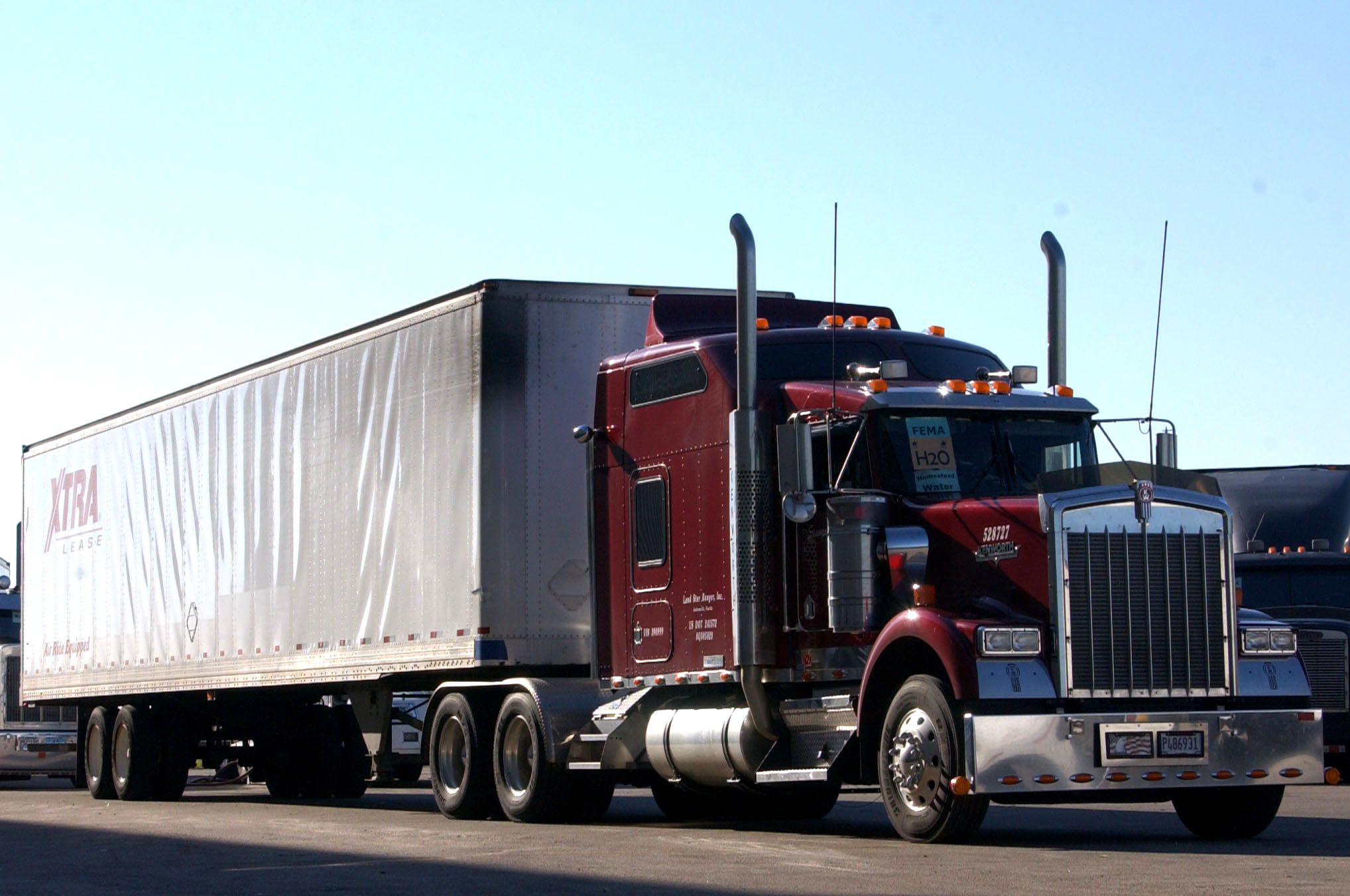 By the 1990s, global trade was growing fast, and just-in-time delivery became more common, so the trucking industry started focusing more on being efficient. Trucks were built with more aerodynamic shapes to save fuel. Onboard computers and GPS made it easier to track trucks and plan better routes. New software helped manage loads and schedules more accurately. As people became more concerned about the environment, the industry began moving toward cleaner technology. New rules on emissions pushed truck makers to build engines that used less fuel and produced less pollution. This era also saw the rise of hybrid and alternative-fuel trucks, along with safety upgrades like anti-lock brakes, stability control, and driver-assist features.
By the 1990s, global trade was growing fast, and just-in-time delivery became more common, so the trucking industry started focusing more on being efficient. Trucks were built with more aerodynamic shapes to save fuel. Onboard computers and GPS made it easier to track trucks and plan better routes. New software helped manage loads and schedules more accurately. As people became more concerned about the environment, the industry began moving toward cleaner technology. New rules on emissions pushed truck makers to build engines that used less fuel and produced less pollution. This era also saw the rise of hybrid and alternative-fuel trucks, along with safety upgrades like anti-lock brakes, stability control, and driver-assist features.
5. The Future Is Electric and Autonomous: 2020s – Present
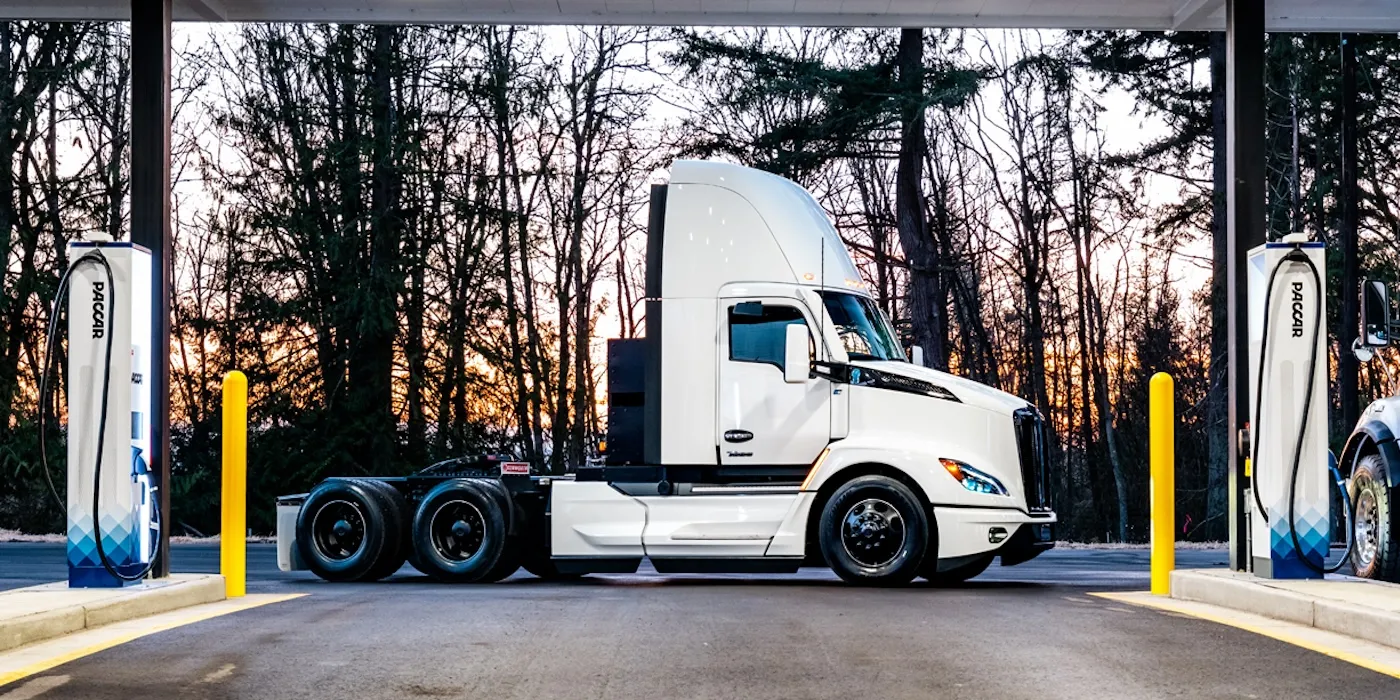 Today, we’re seeing another major shift—this time toward sustainability and automation. Electric trucks, like the Tesla Semi and Volvo VNR Electric, are already on the roads, particularly for regional and urban routes. Meanwhile, companies such as Waymo, Aurora, and TuSimple are actively testing autonomous trucks, some of which are already moving freight on select pilot routes. Smart sensors, AI-driven telematics, and real-time connectivity are making fleets more intelligent and efficient. Hydrogen fuel cells are also being explored as a viable solution for long-haul electric trucking. With climate concerns on the rise, both governments and private companies are investing heavily in green logistics and carbon-neutral transportation.
Today, we’re seeing another major shift—this time toward sustainability and automation. Electric trucks, like the Tesla Semi and Volvo VNR Electric, are already on the roads, particularly for regional and urban routes. Meanwhile, companies such as Waymo, Aurora, and TuSimple are actively testing autonomous trucks, some of which are already moving freight on select pilot routes. Smart sensors, AI-driven telematics, and real-time connectivity are making fleets more intelligent and efficient. Hydrogen fuel cells are also being explored as a viable solution for long-haul electric trucking. With climate concerns on the rise, both governments and private companies are investing heavily in green logistics and carbon-neutral transportation.
More Than Just Machines
The evolution of commercial trucks isn’t just about new technology—it also shows how the world’s economy, technology, and environmental goals have changed over time. Trucks have come a long way, starting as slow, engine-powered wagons and now becoming smart, electric vehicles that can even drive themselves. Looking ahead, it’s clear that trucks will keep playing a big role in moving things forward for many years to come.


